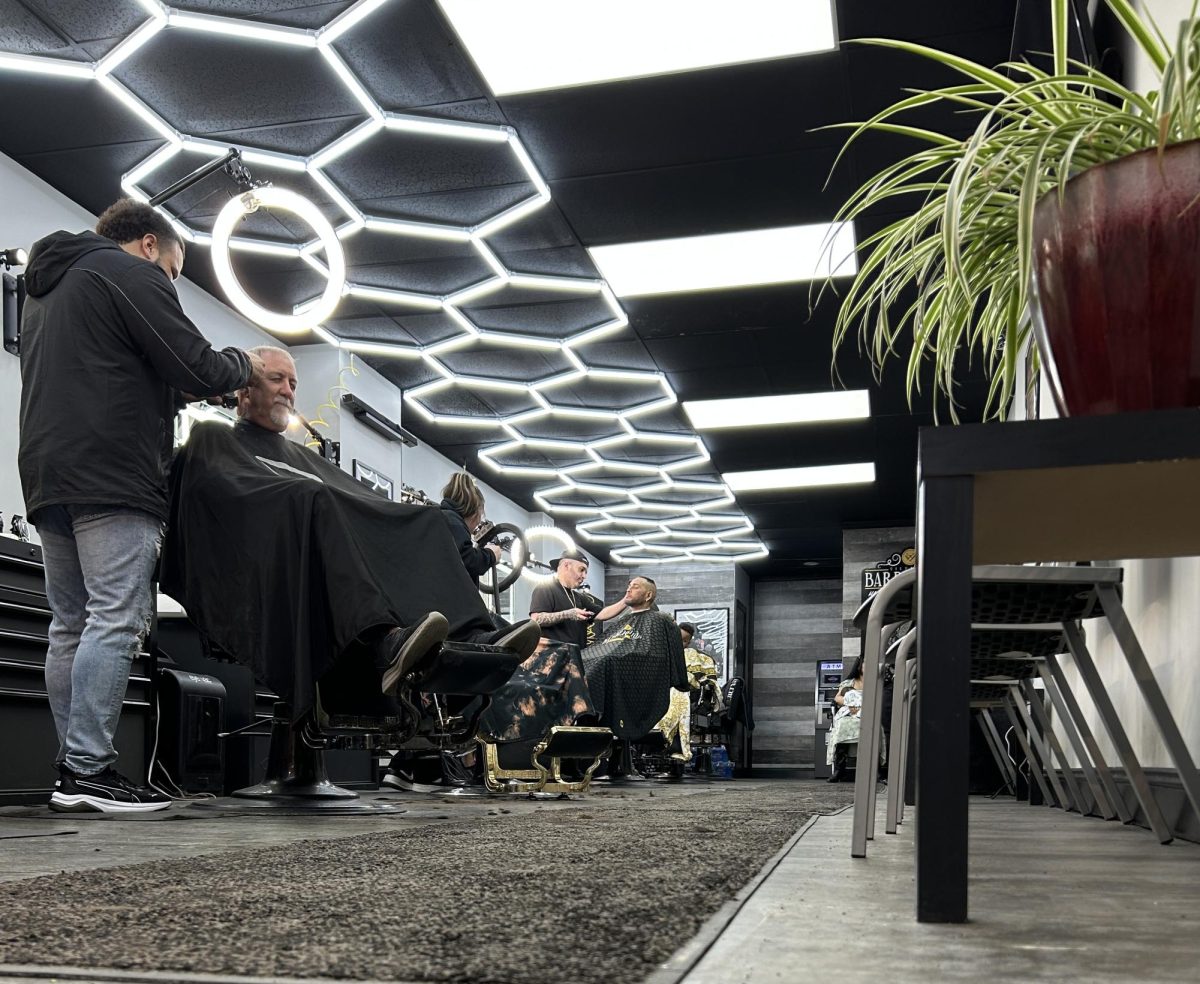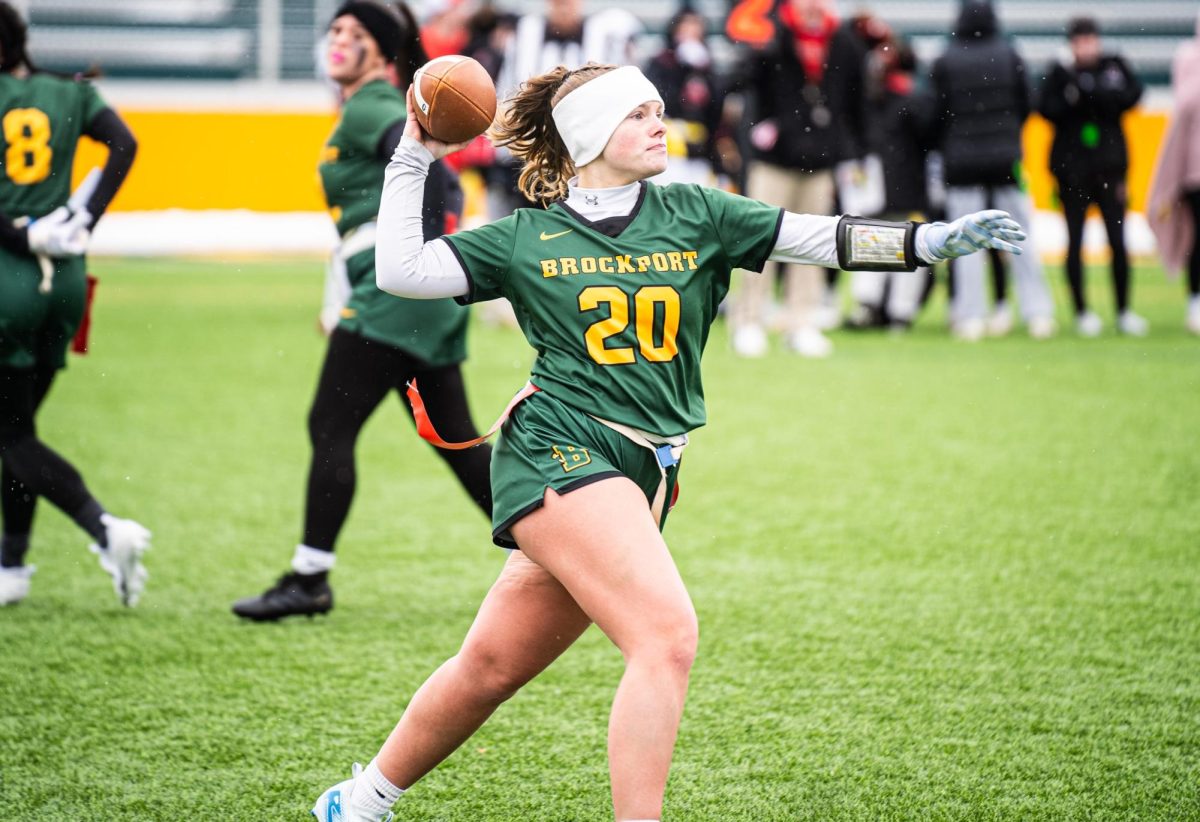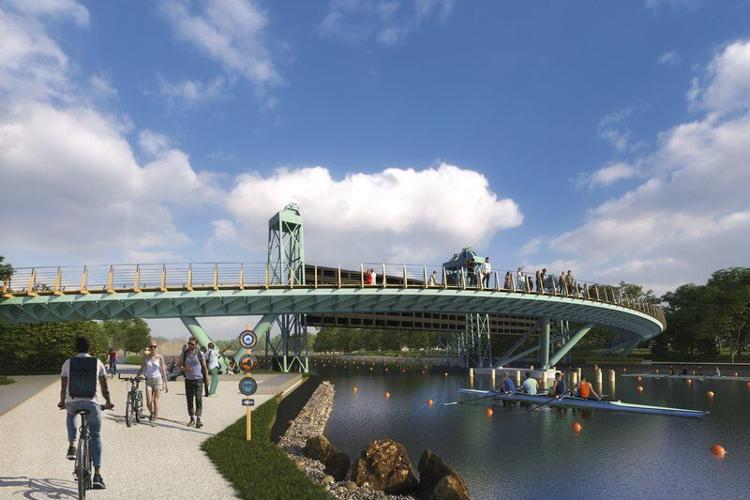By Tori Martinez
Canalside Chronicles Staff

If it wasn’t for numerous colleagues and board members asking that she step up to the job, Margay Blackman might never have become the mayor of Brockport in 2013. In fact, if it wasn’t for a former College at Brockport student, she might never have joined village government at all.
Blackman began working for the college as a professor of anthropology in 1977. She retired in 2007 but returned as an adjunct professor in 2008, where she stayed until she was elected as village mayor. Her initial taste of village government was in 2005. At the time, one of her students was working with urban forestry for his internship with then-mayor Josephine Matela when he noticed the lack of a tree board and suggested one’s creation. Blackman stepped up as the board’s first chair and served as chair until 2011.
Brockport had no laws or ordinances about trees when she became chair, so she helped write her first piece of legislation by crafting chapter 46 of the Village Code which covers trees and vegetation. Today, the Tree Board has planted roughly 300 trees throughout the village.
Blackman served as a Village Board member for two years before she ran for mayor. She decided to get involved in the board after she helped protect the village from dissolving in 2010, when a board member seat was up for reelection, held by someone who wanted to dissolve the village, she became interested in the position. “That really spurred me to get on the Village Board because I didn’t want to see this village dissolve,” Blackman said.
Although Blackman wanted to help make changes, she knew she could get what she wanted done as a board member under a different mayor. However, after multiple people within the village personnel and community pleaded that she run instead of fellow board member Carol Hannan, she agreed to run against the incumbent mayor, Maria Castaneda. Blackman knows that she made the right decision. Being mayor has proven to be something she really enjoys doing. There are always problems to be solved and always networking opportunities and people to meet; every day brings something new.
Each day is not the same for the mayor of Brockport but there are certainly patterns in her schedule. Monday nights are reserved for Village Board meetings, Tuesdays and Wednesdays she holds open office hours from 2 to 4 p.m., Thursdays are open for whatever work she might have to do each week, and Fridays are left to work on anything that’s not related to the village, usually spent working on a collection of essays leftover from her career as an anthropologist.
Her office within Village Hall is used mostly for office hours and filing various paperwork. Most of her work and communication is done right from home on her phone or iPad. Contacting her is relatively easy, as long as she’s not asleep or in a meeting, she’ll likely get back to you within an hour, if not sooner. “I’ve found that it’s important to get back to people as soon as possible. It really does make a difference with people, especially if they’re upset about something,” Blackman said. “Everybody has my cell phone number, and that’s not a work cell phone, it’s private.”
What she needs to work on varies each day, month and year depending on what is happening at the time. During her time as mayor so far, she’s helped to protect the village from a second dissolution vote that occurred in 2014. A task like that took nearly four months of her time. For now, her time is spent working on tedious tasks that have taken years to complete, sometimes years to even fully begin.
Two large projects she’s in the midst of working on are buying the village streetlights back from National Grid and switching to municipal solar power. Switching to municipal solar power has been a difficult process because it involves working with an engineering firm that works with a solar developer and National Grid. She’s had to write letters on behalf of the village, petitioning with the solar developer to ask for an extension for the project’s completion. The project was supposed to be completed this December, but it’s barely begun.
The process of buying streetlights back from National Grid has been just as difficult. Of more than 500 streetlights in Brockport, the village only owns 66 of them. Blackman and the rest of the board are working to negotiate a buyback price from National Grid because owning the lights will cut back on costs for the village, which means eventually cutting back on taxes for the villagers. The current issue is that National Grid wants much more than what the village is offering, so the two are working to meet somewhere in the middle.
These kinds of issues are why Blackman decided to run for a second term. She ran on the Revitalize Brockport platform once again and was reelected with more than half the percent of votes, along with trustees Katherine Kristansen and Annie Crane. “We’re good for another four years,” Blackman said. “Hopefully by the end of that time we’re going to own our streetlights and have municipal solar power.”
Blackman says she couldn’t serve as mayor without the trustees on the Village Board. The people on a board can make or break the experience, and one of the hardest aspects of being mayor for her has been working with difficult people on the board in the past. That won’t be a problem in her second term.
“I have a really good board of people. We don’t always agree but we’re respectful,” Blackman said. “If I didn’t have the board to work with that I do,and the great people here at Village Hall, it could be real unhappy.”
As of now, Blackman believes this will be her last term as mayor, but she’s not closing any doors. She’s going to finish the goals she came in with and only when election season rolls around again will she truly know if she’s going to run again.
“The way I look at it now, two terms are enough for one person,” Blackman said. “But I don’t know. I don’t know what it will be like in three years. I would never say I’m not running again.”























